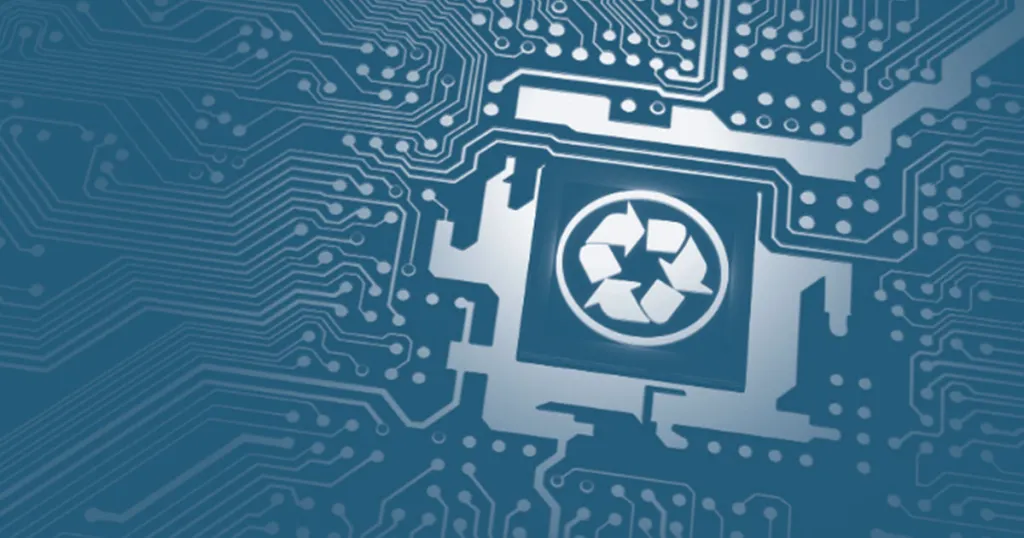Deadline: Year of 2021
Electronic devices – whether they fit in our pockets, strap to our wrists, or reside on our desks – revolutionized how we work, live, communicate, and learn. For many, the first and last interaction of the day comes through some form of electronic device.
The unfortunate downside to these essential objects of 21st Century life is that the raw materials needed to produce them can require environmentally detrimental mining operations and caustic chemical reactions, among other environmental and safety concerns.
Annually, tens of millions of metric tons of electronic waste (e-waste) are created. This problem is exacerbated by the short lifetimes of many of the electronic devices so that new ones are bought every couple of years, creating even more waste. E-waste recycling seeks to reclaim components and raw materials from discarded electronic devices post-consumer. This includes but is not limited to components such as printed circuit board (PCB), batteries, metals such as copper, cobalt, rare earths and precious metals including gold and silver. Currently, though, only a fraction of e-waste is recycled for use in other devices.
Our client seeks advancements to existing e-waste recycling and reclamation technologies or innovative new techniques. Potential pathways of interest include, but are not limited to:
- Chemical recycling
- Thermal recycling
- Mechanical recycling
- Bio-mediated recycling
- Approaches incorporating multiple technologies into a cohesive system
- Novel sensors to identify targets of interest:
- Individual components
- Specific raw materials
- Software platforms to manage and optimize e-waste recycling
- Systems incorporating artificial intelligence and/or machine learning
- Software or hardware, including robotics-enabled solutions, which facilitates sorting, screening, and pre-processing of e-waste
- Comprehensive approaches that incorporate multiple different technologies in an end-to-end system
While all technologies and approaches that enable, support or deliver electronic waste recycling programs are within scope, those which provide next-generation performance are highly desirable. Performance aspects of greatest interest include:
- Increased throughput efficiency:
- By weight
- By quantity
- Wider ranges of e-waste processed
- Increased effectiveness of e-waste sorting efforts
- Materials reclaimed:
- Increased amounts reclaimed
- New materials reclaimed
Requirements
Solution providers should complete the standard submission template provided and take care to highlight key innovation areas that address:
- Type of e-waste processing
- Nature of innovation
- E-waste(s) processed
- Materials reclaimed
- Anticipated throughput
- Technical maturity
Business Opportunity
All complete and eligible Entries will be included in an exclusive Innovation Opportunity Report that will be presented to our client. Solvers with well-matched capabilities may be contacted directly by either TechConnect or the client to discuss potential partnership opportunities, including – but not limited to – demonstrations, consulting, contract research, licensing, and more. Top-rated Entries may also be invited to register or participate in an upcoming TechConnect event or pitch program.


